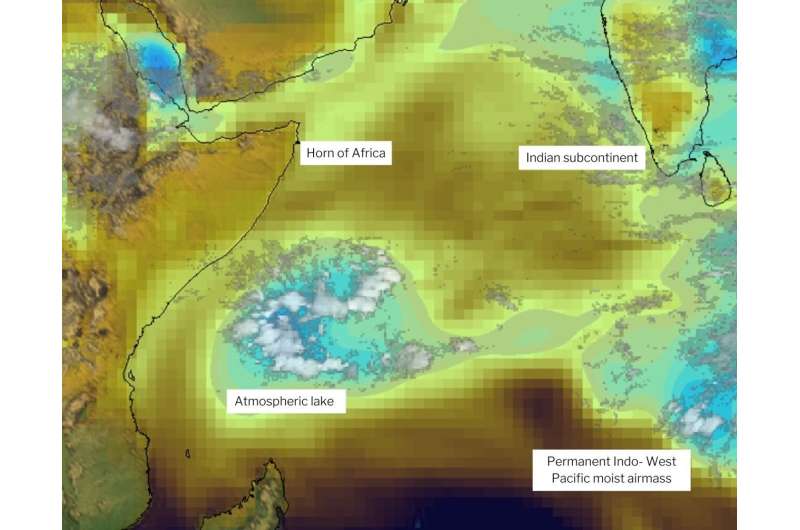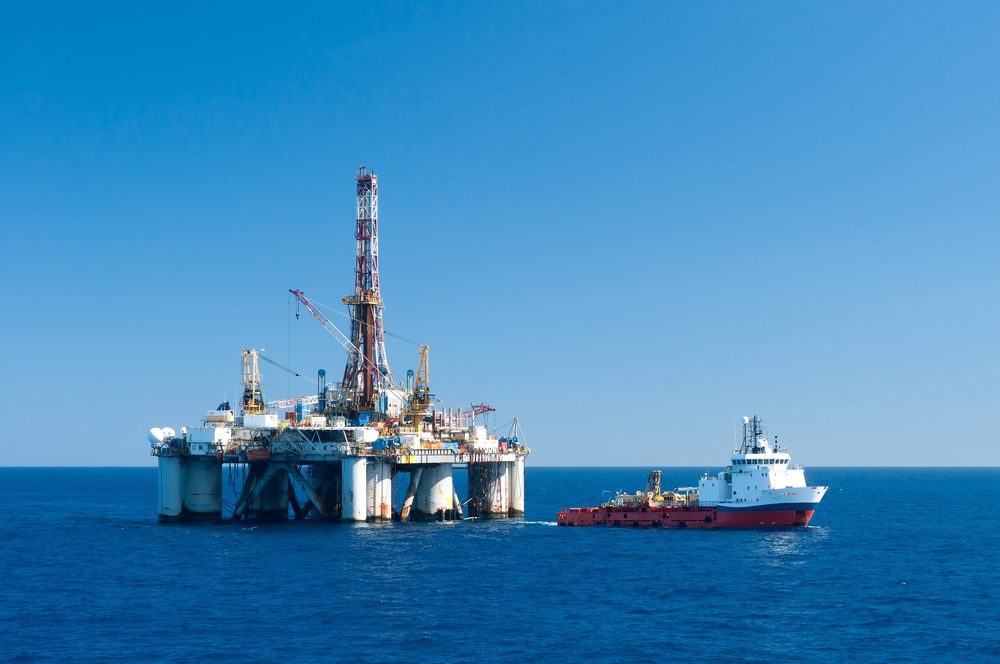
He was the Canadian head of the world’s largest pot company. His next big bet? A rare fungus worth $10,000 a kilogram – Toronto Star
It’s worth tens of thousands of dollars per kilogram, grows out of the corpse of a caterpillar, and for centuries has only been found in the heights of the Himalayas.
Now Bruce Linton, the former CEO of cannabis giant Canopy Growth, has his eye on this fungus, and it may play a key role in his next massive money-maker.
Linton is a founding investor in Mood Science, a young company that’s researching the properties of cordyceps sinensis and other fungi with potential health benefits, dubbed “functional mushrooms.”
Mood Science is launching a line of drops, gummies and more using cordyceps, which the company claims can help with stress, energy and focus. And in the background, Mood Science will also conduct research into psilocybin, or “magic mushrooms,” which some believe are the future of mental health treatment.
Sitting at a table in Strange Love, a white-marbled financial-district cafe run by Mood Science’s sister company that boasts functional-mushroom-boosted coffee, Linton said he was struck not only by the monetary value of cordyceps sinensis, but also by its purported health benefits.
Functional mushrooms are not psychoactive like their magical cousins. Though they have been used in traditional medicine for centuries, research is still thin on their purported health benefits. But many companies in the psychedelics industry are getting into functional mushrooms.
Linton has had his eye on psychedelics for a while. After his departure from Canopy Growth, he told The Canadian Press he saw “untapped value” in the psychedelics industry.
Psilocybin, a naturally occurring psychedelic compound produced by more than 200 species of fungi, is a long game, Linton told the Star, whereas functional mushrooms can go to market right now because they aren’t psychoactive.
“(Psilocybin will) become increasingly more legal in more places,” he predicts. “So what you want to be able to do is start here in the functional, build your science, your brand, your competencies, and then when you can, you smash them all together.”
Linton built Canopy Growth into the world’s largest cannabis company. But can he do the same with mushrooms? There are a lot more unknowns in the mushroom world, from tight regulations on psychoactive mushrooms, to a lack of scientific research on the growing market of functional mushrooms and fungi including cordyceps sinensis.
The functional and the fun
Functional mushrooms and fungi are finding their way into everything these days, including coffee, skin care, supplements and gummies. These mushrooms are often marketed in North America with a variety of health claims; cordyceps, for example, is often advertised as an energy booster or “Himalayan Viagra.”
Vague promises made about functional mushrooms include improving mental performance, boosting immunity and improving quality of sleep. Comedian turned podcaster Joe Rogan recommends coffee mixed with lion’s mane and chaga. Reality TV star Kim Kardashian has reportedly used skin care made with reishi.
Many of these functional fungi have been used in traditional medicine for thousands of years in countries including China, Russia and Japan to treat a variety of ailments.
Psychoactive mushrooms, on the other hand, have been illegal in Canada since 1974, but there’s a growing body of research into their potential use in psychotherapy, including in end-of-life care.
But while functional mushrooms and their magic cousins have very different effects, it’s not uncommon for a psychedelics company to get into the functional — a.k.a. legal — mushroom business, said Simeon Schnapper, general partner at JLS Fund, a venture capital firm that invests in psychedelics and technology.
For example, Silo Wellness, a Canadian-based company that offers psychedelic mushroom retreats (in Jamaica, where it’s legal), recently partnered with the late Bob Marley’s family to release a line of functional mushroom products.
The idea is to establish a brand and a revenue stream for the company, with an eye to a more colourful future, said Schnapper.
Linton was drawn in by the sleek branding of Strange Love, whose financial district location has all the trappings of a trendy cafe: tall windows, white marble, pink and green branding, a neon sign reading “All you need is love.”
He likened the Strange Love cafes to Tokyo Smoke, acquired by Canopy Growth in 2018. Tokyo Smoke started out as a cannabis lifestyle brand, said Linton, gaining market awareness before it was licensed to actually sell cannabis.
Around the same time, Canopy Growth bought ebbu, a Colorado-based hemp research company, adding to the firm’s scientific strength, said Linton. He sees the relationship between Strange Love and Mood Science in the same way, which influenced his decision to invest.
Mood Science founder David Tran was a founding investor in Strange Love, which was started by Chris Nguyen in 2016 and now has three locations in Toronto.
/https://www.thestar.com/content/dam/thestar/business/2021/12/18/bruce-lintons-next-big-bet-magic-mushrooms/david.jpg)
Both Nguyen and Tran come from a sales and marketing background, with Tran most recently in the fashion industry. Neither has a background in science. Strange Love also has a naturopathic doctor on its team.
Tran founded Mood Science during the COVID-19 pandemic after integrating functional mushrooms into his health regimen. He wants Mood Science to be “the Tesla of adaptogens,” and is betting on huge growth in the use of functional fungi in the wellness community.
“I think what we’re doing is really a reaction to the growing trend in the market,” he said. “Consumers want to go more natural, holistic, with their wellness, and they want to get away from pharmaceuticals.”
This isn’t Linton’s first foray into fungi; he is on the advisory board for psychedelics company Red Light Holland, and was on the board for psychedelics company Mind Medicine.
But now he’s interested in bringing the science of mushrooms into people’s everyday lives.
Mood Science is actively looking for acquisitions that can help bolster the science side of the company, said Linton, who is serving as an executive advisor for the company.
“The reason a winner occurs is because they make a number of rapid decisions that get their momentum and rate of acceleration going better than anyone else’s. And I think we’re in that spot,” he said.
‘People want to buy outcomes’
Cordyceps sinensis or Ophiocordyceps sinensis, also known as the caterpillar mushroom, is particularly difficult to cultivate. It grows in the wild, at high-altitude locations in the Himalayas where the parasitic fungus takes over the body of a ghost moth caterpillar, eventually killing it.
Cordyceps sinensis is used in traditional Chinese medicine to boost energy, endurance and libido, among other bodily functions.
The caterpillar mushroom has become increasingly rare due to overharvesting and the changing climate. Decades of attempts to artificially cultivate the growth from the host larvae, called a “fruit body,” were not successful. In recent years, however, researchers in China have succeeded in cultivating it in a lab.
But Mood Science is taking the insect out of the equation, cultivating the mycelia of cordyceps sinensis — like the roots of a plant without the plant itself — in liquid, in a lab in Colorado, Ohio. The result is Cordycell, Mood Science’s proprietary cordyceps sinensis compound. Tran calls it a “molecular mushroom.”
Mood Science is not the first to do this. There are a number of cordyceps sinensis products on the market today that use the mycelia, the vegetative part of a fungus, instead of the fruit body, which is easier to cultivate, said Nicholas Money, a mycologist at Miami University in Ohio.
So what makes Cordycell different from other products?
For one, Mood Science claims it has exclusive access to a strain of cordyceps sinensis belonging to Penn State University, a claim the Star was unable to verify via Penn State.
Tran said Cordycell has up to 15 times more sought-after derivatives of the fungi — such as cordycepin — than other products on the market today, and said Mood Science is able to “formulate clinically dosed products that help consumers with focus, energy, better sleep, and supporting stress.”
Money said while it’s certainly possible that Cordycell has significantly more cordycepin, further research is needed to determine cordycepin’s properties.
In fact, while Mood Science and many other natural wellness companies say mushrooms and fungi have medicinal properties, there is currently no widely accepted research to support these claims.
Mood Science bases its claims on the traditional uses of functional mushrooms, as well as some scientific studies done on their effects.
There’s more research on some mushrooms than others, but overall, the scientific community is still in the early days of exploring functional mushrooms, said Money; good research on the real effects of cordyceps sinensis and other functional fungi is “almost nonexistent” at this point, he said.
“I’m not saying that it doesn’t have these properties,” Money said. “But at the moment, this is faith-based medicine rather than medicine for which there’s a strong scientific rationale.”
Mood Science has partnered with an Ontario lab that specializes in testing cannabis and is currently developing protocols for testing Cordycell and other fungi to learn more about their properties.
Cordycell will officially launch in 2022, said Tran, in an array of products such as gummies and drops.
Mood Science is focusing on selling and researching functional mushrooms for now, but it also has two Health Canada licenses to conduct research into psilocybin.
“Not only are we gonna have the baseline infrastructure and all the fancy equipment to analyze the functional mushrooms, but we can analyze … psychedelic mushrooms,” said Tran. “We don’t know where the industry will go. But we think that knowledge will be valuable.”
One major claim made by the Mood Science team has yet to be proven, and that’s cordyceps sinensis’ potential use in treating mild depression, which as of yet has very little research to back it up.
Tran hinted that research into cordyceps sinensis’ potential mental health effects could begin in 2022.
Much like with cannabis, “people want to buy outcomes,” said Linton.
“I just think science is going to be a bigger part of this than people expect.”
This isn’t ‘Cannabis 3.0’
Science aside, Linton is betting money on the future success of the mushroom business, from the functional to the magical. But experts in emerging industries say it may be a long road ahead.
Michael Armstrong, an associate professor in the Goodman School of Business at Brock University, said while some parallels can be drawn between the cannabis industry and the psychoactive mushroom industry, there are also some key differences.
Far fewer Canadians use mushrooms recreationally, he said. So while he thinks it’s possible that psilocybin will become more widely available for medical purposes, Armstrong isn’t putting money on them being legalized recreationally.
“It’s not going to be cannabis 3.0,” he said.
But it’s not a bad idea for psychedelics companies to get into functional mushrooms, Armstrong said, so they can still get to know what customers are looking for, and build brand recognition.
It helps on the revenue side, too — Mood Science isn’t profitable right now, but Strange Love is, according to Tran.
Armstrong said the legalization of cannabis in Canada has made people more open-minded about other natural products, including previously banned substances.
“We legalized it and the world didn’t fall apart,” he said. “What else have we banned and have not studied?”
Schnapper agrees that magic mushrooms are on their way to being used in medical settings, but he also thinks that the growing popularity of microdosing magic mushrooms could signal a potential recreational market for psilocybin.
As for functional mushrooms, the more companies that get into this market, the more consumers will demand research to back up claims, said Schnapper.
The functional mushroom play has a lot of upfront costs and it’s a crowded market, but if it’s done well, it is a good revenue opportunity to help fund the science side of a business, he said.
Linton said Mood Science is moving fast, despite difficulty raising money in such an evolving market.
Nevertheless, the company has managed to attract investment, said Linton, including from Canadian fashion designer and entrepreneur Joe Mimran.
Linton said the legalization of cannabis has paved the way for psilocybin, which he predicts could be approved for medical use in five years or less, even if recreational psilocybin is a long way off.
Now, about a year into his investment, Linton is feeling good about his decision.
If he wasn’t, “I wouldn’t have done this interview,” said Linton.





